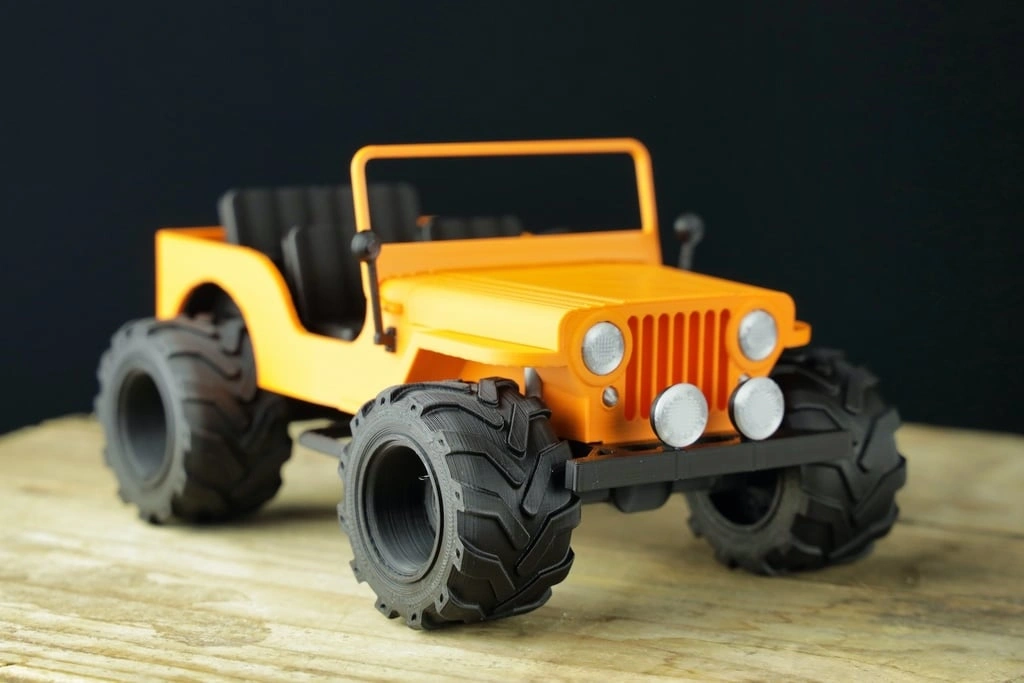3D Printing for Kids: An Ultimate Guide for Parents
Aug 01,2023 | 3D4Create
I. Introduction
3D printing presents an exciting opportunity for kids to unleash their creativity and learn valuable STEM skills. As a parent, you may be wondering how to safely introduce your child to this emerging technology.
In this beginner's guide, we'll cover everything you need to know, from choosing the right starter 3D printer to supervising your child during printing.
II. Choosing a Beginner 3D Printer
The 3D printer market offers many options, but you'll want to focus on kid-friendly models. Key features to look for include:
- Enclosed frame - This is safer and reduces messy filament spills. The Blue Cute 3D Printer for Kids from 3D4Create is a good enclosed printer.
- Smaller build volume - Compact printers take up less space and are more suited for kids' smaller projects.
- Reliable extruder - Avoid printers prone to nozzle clogs which require complex maintenance to fix.
- Responsive customer service - Look for a company that provides support resources and documentation to help get started.
Some top beginner 3D printer models to consider are the ToyBox and EasyThreed. Always supervise use and instruct proper interaction regardless of safety features.
III. Finding Age-Appropriate Designs
The possibilities are endless when searching for fun, engaging 3D printing projects for kids. Great places to find models include:
- Thingiverse - This has a dedicated section for kid-friendly designs with clear difficulty ratings.
- Tinkercad - Kids can make simple models right in the browser with this free CAD site.
- MyMiniFactory - Offers a Kids category with toys, games, jewelry and more.
Focus on age-appropriate designs without complex details. Pen holders, animals, jewelry, and simple gadgets allow kids to produce recognizable objects, keeping them motivated to continue 3D printing.

Space Shuttle 3D Printed Rocket
IV. Filament Selection and Storage
The two main filament types to choose from are:
- PLA – Made from corn starch, PLA is non-toxic and great for beginners. It prints at low temperatures.
- ABS – More durable but emits fumes, so proper ventilation is a must. It requires higher temps.
For young kids, PLA is the best option. Store filament sealed and with desiccant packs to prevent moisture absorption which can ruin print quality. In addition, PLA and ABS have more differences besides the properties mentioned above.

V. Teaching 3D Printing Skills
Along with supervising your child’s use of the 3D printer, you’ll want to teach basic skills:
- Operating procedures – Show how to prepare the printer, level the bed, load filament, start prints, and remove objects.
- Design principles – Introduce Tinkercad for modeling or decorative patterns for personalizing models.
- Troubleshooting – Explain how to identify and fix common issues like clogs and bed adhesion problems.
Present 3D printing as a fun learning experience, not just a toy. With your guidance, they’ll gain technological knowledge.
VI. Fostering Ongoing Interest in 3D Printing
To fuel their passion for 3D printing:
- Facilitate group projects – Siblings and friends can collaborate on designs.
- Find local events – Look for kid-oriented Maker Faires and printer expos in your region.
- Consider upgrades – As they gain experience, a printer with more functionality may be desired.
Nurture their curiosity, imagination, and self-confidence. With the right guidance, 3D printing can plant the seeds for lifelong STEM learning.

Kids having fun with 3D printing technology (photo: makersempire)
VII. Conclusion
3D printing provides the perfect gateway to introduce kids to technology in an engaging hands-on environment. With appropriate adult supervision and starter printers designed for safety and simplicity, children can thrive in this creative DIY space.
FAQS:
1. What are the safety precautions parents should take with kids using 3D printers?
Supervise use, ensure stable printer placement, keep hands away from hot parts, ventilate room, and store filament properly.
2. At what age can children start learning 3D printing?
With supervision, basic 3D printing can be introduced as early as late elementary school grades. Focus on design first before printer operation.
3. What are fun first projects for kids new to 3D printing?
Great starter prints are name tags, chess pieces, jewelry, simple figurines, snap-fit toys, keychains, coasters, bookends, pencil holders.
See Also:
Can Children Use a 3D Printer? Pros, Cons and Age Limits


